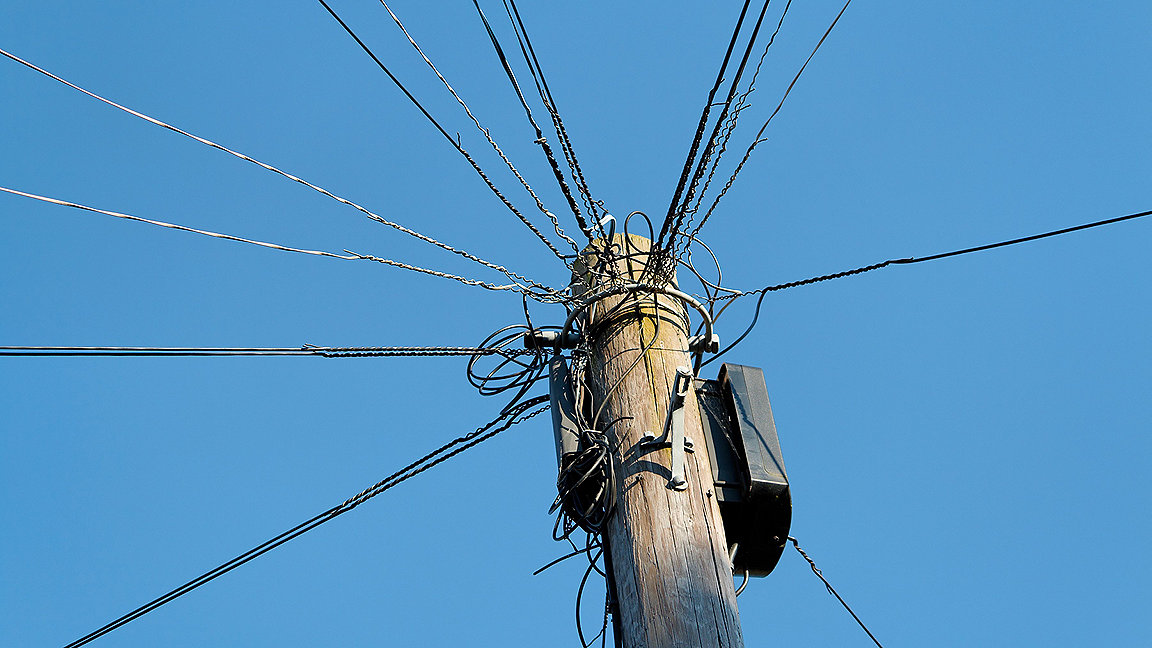
With online learning, shopping and entertainment now increasingly common, having a domestic internet connection is crucial.
To meet demand for broadband, the UK government has published Approved Document R volumes 1 and 2 to set out the requirements for electronic communications networks infrastructure in buildings.
Both documents came into force on 26 December, and any building for which an initial notice, full plans or building notice was submitted after this date will need to comply with the regulations. However, if a notice was submitted before 26 December and work begins on site within 12 months of this date it will be exempt from the new requirements. When multiple buildings are being constructed, starting work on one will serve to exempt the rest of those on site.
Requirement RA1 and RA2 in volume 1 applies to the erection of a dwelling or of a building that contains one or more dwellings. Volume 2 only applies where RA1 does not apply. There is also a distinction in that volume 1 requires a network capable of providing broadband access at download speeds of at least 1,000Mbps – that is, one gigabit – whereas volume 2 only sets a minimum of 30Mbps, though this is still classified as high-speed.
Volume 1 has been introduced to offer guidance for installing a gigabit connection that will enable faster internet as well as the infrastructure for it in new dwellings.
Requirement RA1 in volume 1 states that building work must ensure that each dwelling is first of all equipped with gigabit-ready physical infrastructure. This should extend from a termination point for gigabit-capable public electronic communications networks to a distribution point in the dwelling, or as close as is reasonably practicable.
The infrastructure would, for example, include the appropriate ductwork, chambers, cabling and network termination point for each dwelling, allowing for the connection to be installed.
The guidance states that the cost of installation should not exceed £2,000 per dwelling. If it does so – due to location, for example – the developer must install the next fastest technology under the cost cap. This will ensure that the best available technology will be used for the price.
RA1(2) then states that, for 'a building containing more than one dwelling, the work must be carried out so as to ensure that the building is equipped in addition with a common access point for gigabit-capable public electronic communications networks'. This means that each dwelling will be provided with an access point to receive the connection.
However, some work is exempt from requirement RA1, as per paragraph 1.6 of volume 1:
There are similar exemptions to RA2, detailed in paragraph 2.12 of volume 1. Buildings that are not listed among these exemptions may be covered in volume 2, though, which lists all exemptions.
Volume 2 also provides guidance on how to ensure that the building has the appropriate physical infrastructure for high-speed electronic communication networks, similar to requirement R1, although the stipulation here is only for broadband access services at speeds of 30Mbps or more.
This applies to the construction of a new building or major renovation works, and states that, similarly to RA1, work must ensure the building is equipped with a high-speed-ready internal physical infrastructure, up to a network termination point for high-speed electronic communications networks.
Likewise where a building containing more than one dwelling, the works must ensure that it is equipped with a common access point for high-speed electronic communications networks.
These two requirements are the same as R1 in the 2016 edition of Approved Document R.
In updating Approved Document R, the government aims to ensure that as many UK homes as possible have better connections, with a target for a minimum of 85% gigabit-capable coverage by 2025.
These objectives form part of the government's £5bn Project Gigabit, which will begin by providing funding for faster broadband in hard-to-reach areas. A total of more than 500,000 homes and businesses in Cambridgeshire, Cornwall, Cumbria, Dorset, County Durham, Essex, Northumberland, South Tyneside and the Tees Valley will be the first to benefit.
Before work starts on site, the developer must provide a connectivity plan when any relevant notice or application is made to the building control body. A model of a connectivity plan is provided in Appendix B of volume 1.
Information required in this connectivity plan includes demonstrating the location of the gigabit-ready physical infrastructure, including evidence of why it is being installed; or, if an exemption is to apply, evidence of measures such as the next fastest broadband being used. Assessment of this plan will be carried out when the plans are assessed by the building control body.
Failure to provide this connectivity plan could result in refusal of the application and initial notice, as per the following recent statement that Local Authority Building Control (LABC) included in an email to its members: 'LABC has approached the Department for Levelling Up, Housing and Communities about this matter, and we have been advised that [it is] also of the opinion that a failure to provide, at the time of the giving of the notice, a connectivity plan (or evidence of exemption) is a ground for refusal of the initial notice.'
'The developer must provide a connectivity plan when any relevant notice or application is made to the building control body'
Jacob Senior is an assistant building control surveyor at Assent Building Control
Contact Jacob: Email
Related competencies include: Legal/regulatory compliance
BUILT ENVIRONMENT JOURNAL
David Greenwood and Arpan Gupta 23 April 2024
CONSTRUCTION JOURNAL
Neal Morris and Callum Miller 18 April 2024
BUILT ENVIRONMENT JOURNAL
Neil Hope-Collins 16 April 2024